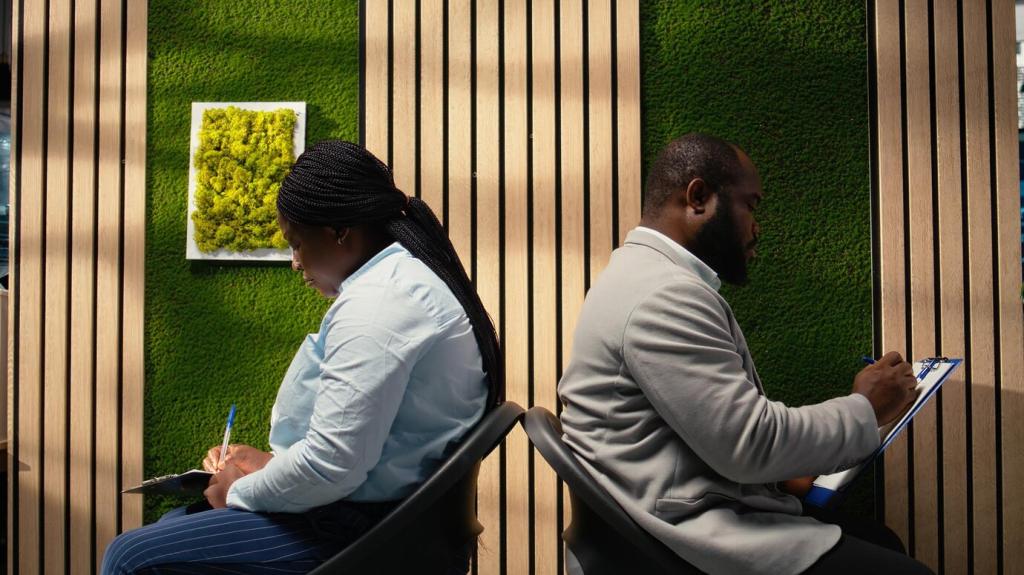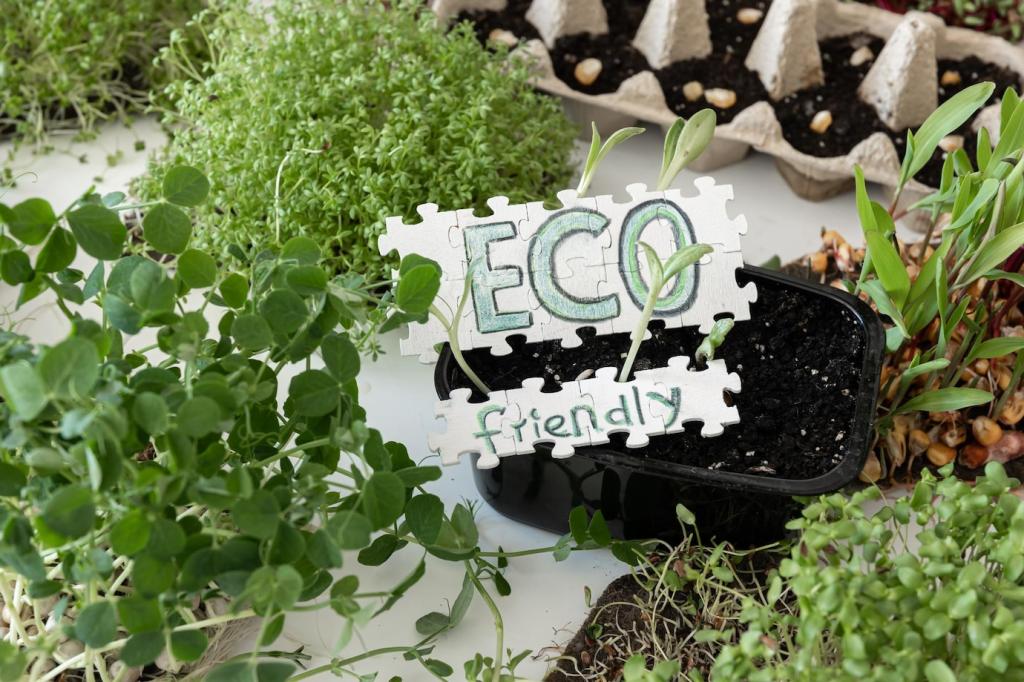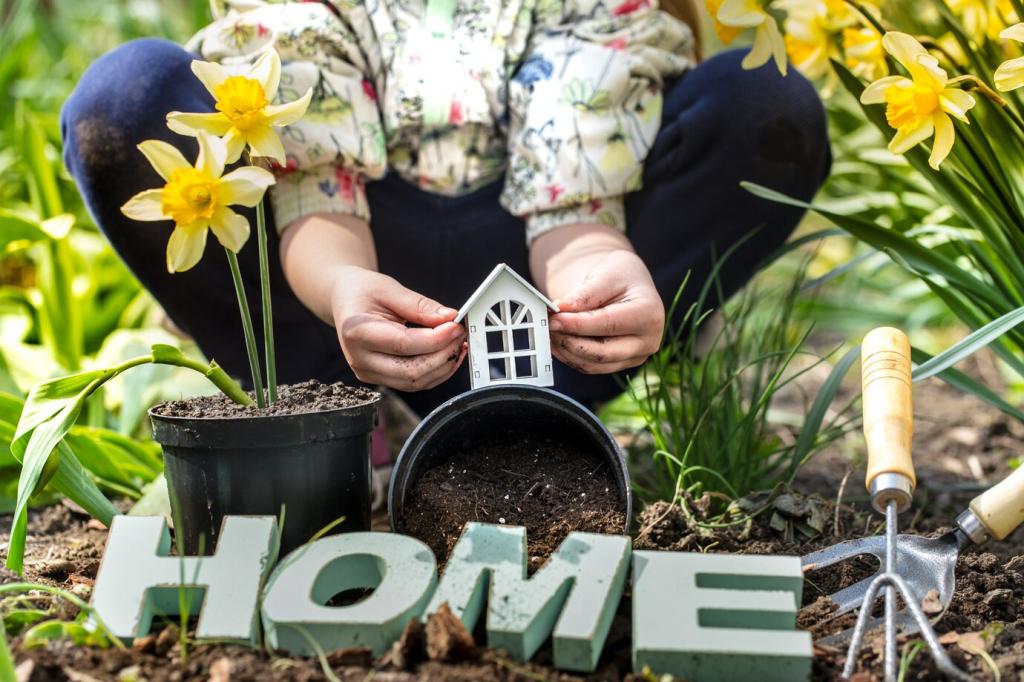Eco‑Conscious Assessment Before You Restore
Check structural joints, veneer lift, pests, odors, and prior repairs. Photograph details, note maker’s marks, and test wobble or racking. Decide whether cleaning, consolidating, or re‑gluing will solve issues without aggressive stripping.
Eco‑Conscious Assessment Before You Restore
Use gentle solvent tests in discreet areas to distinguish shellac, lacquer, oil, or varnish. Start with mild alcohol or soap‑and‑water cleaning before escalating. Record results to choose compatible, low‑toxicity products later.
Eco‑Conscious Assessment Before You Restore
Favor methods you can undo, like hide glue and shellac, to respect future conservation. Reversible repairs reduce risk and honor provenance, making today’s intervention a helpful note rather than an irreversible rewrite.
Eco‑Conscious Assessment Before You Restore
Lorem ipsum dolor sit amet, consectetur adipiscing elit. Ut elit tellus, luctus nec ullamcorper mattis, pulvinar dapibus leo.






